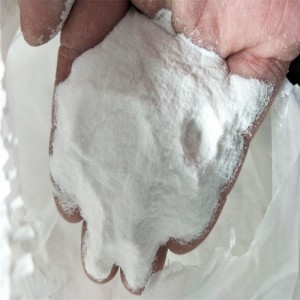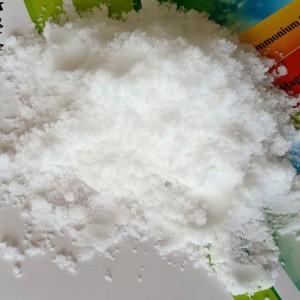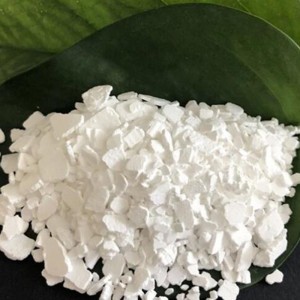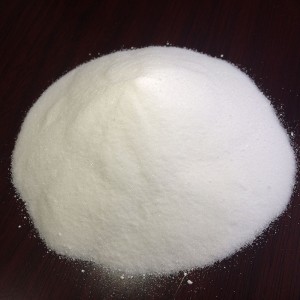Other fertilizers
Products
-

Organic fertilizer
Agricultural use: 1. There are a large number of beneficial microorganisms in the bio-organic fertilizer, which can decompose the organic matter in the soil, increase the soil aggregate structure, and improve the soil composition. Microorganisms multiply very fast in the soil. They are like a big invisible net, intricately intricate. After the death of the microbial cells, many tiny pipes are left in the soil. These tiny pipes not only increase the air permeability of the soil, but also make ... -

Little Suda
Agricultural use: Different from industrial soda ash (sodium carbonate) and baking soda (sodium bicarbonate), baking soda is made from a solution or crystal of soda ash after absorbing carbon dioxide. Therefore, baking soda is also called edible alkali (powdered) in some places. Baking soda is solid, round, white in color, and easily soluble in water. White fine crystals, the solubility in water is less than that of sodium carbonate. It is also an industrial chemical. The solid starts to deco... -

Ammonium bicarbonate
Ammonium bicarbonate effect 1. Used as a nitrogen fertilizer, suitable for various soils, and can provide both ammonium nitrogen and carbon dioxide required for crop growth, but the nitrogen content is low and it is easy to agglomerate; 2. Used as an analytical reagent, also used in the synthesis of ammonium salts and fabric degreasing; 3. Used as chemical fertilizer; 4. It can promote crop growth and photosynthesis, promote seedlings to grow leaves, can be used as top dressing, or as base fe... -

Calcium chloride
Agricultural use: Calcium chloride, a salt composed of chlorine and calcium, has the chemical formula CaCl2. Slightly bitter and tasteless. It is a typical ionic halide, white, hard pieces or particles at room temperature. Its common applications include brine used in refrigeration equipment, road ice melting agents and desiccants. Because it easily absorbs moisture in the air and deliquesces [5], anhydrous calcium chloride must be sealed and stored in a container. Desiccant Calcium chloride ... -

Sodium sulphate
Agricultural use: Sodium sulfate is used to make sodium sulfide, paper pulp, glass, water glass, enamel, and also used as a laxative and antidote for barium salt poisoning. It is a by-product of the production of hydrochloric acid from table salt and sulfuric acid. Chemically used to make sodium sulfide, sodium silicate, etc. The laboratory is used to wash away the barium salt. The role and use of sodium sulfate 1. Used in the chemical industry to manufacture sodium sulfide sodium silicate wa... -

Sodium acetate
Agricultural use: Sodium acetate, also called sodium acetate, is a sodium salt derived from acetic acid. Sodium acetate is a substance that is easily made with vinegar and baking soda. When the mixture cools below its melting point, it will crystallize. Crystallization is an exothermic process, so these crystals actually generate heat, which is why the substance is often called hot ice. This compound has many industrial and daily uses、 The main purpose In the food industry, sodium acetate is... -

oxalic acid
Agricultural use: Oxalic acid is white crystals, much like sugar. Before washing, dissolve one part of oxalic acid in 20 parts of water to make an oxalic acid solution. Then, drop it on the rust spots of the clothes, after scrubbing and rinsing, the rust is gone. Oxalic acid can remove rust because of its strong reducing ability. The iron in the rust spots is trivalent iron, which is not soluble in water. When it touches oxalic acid, it is reduced to divalent iron and can be dissolved in wate...







